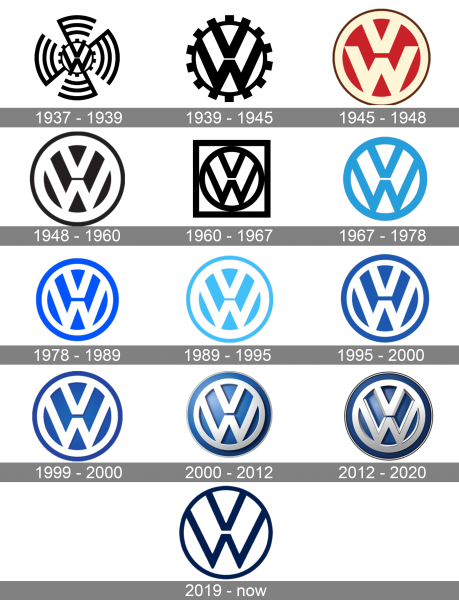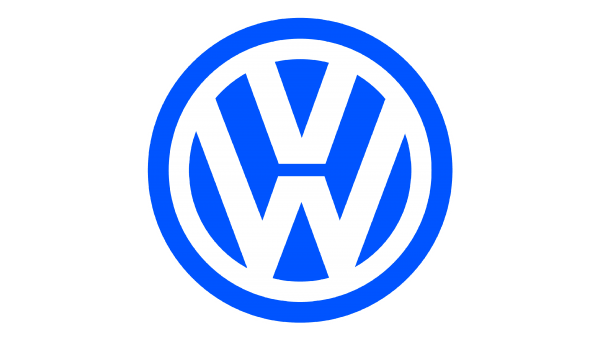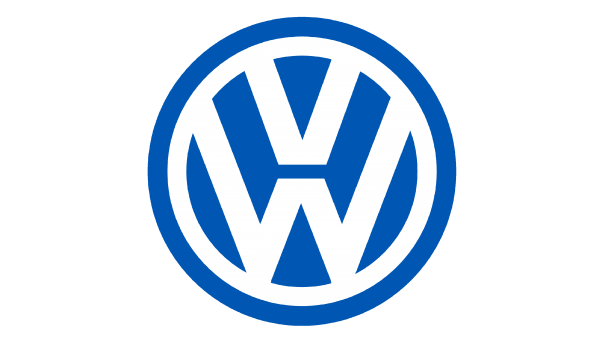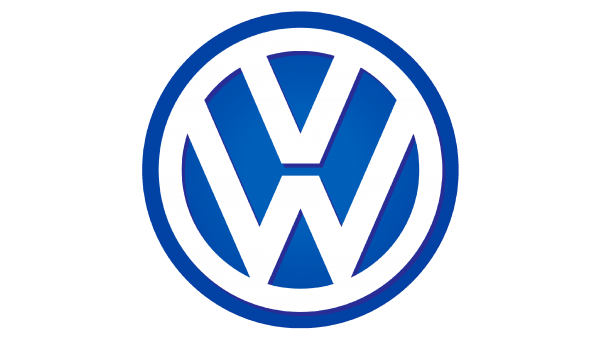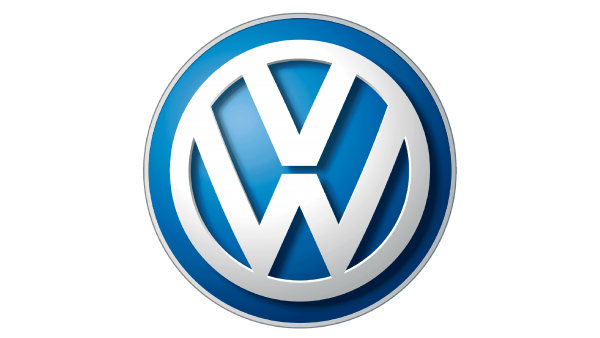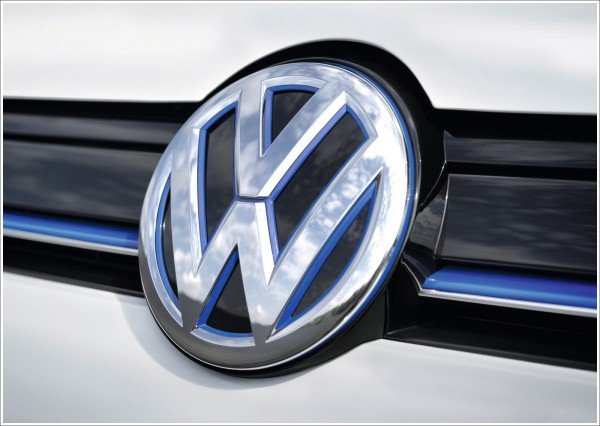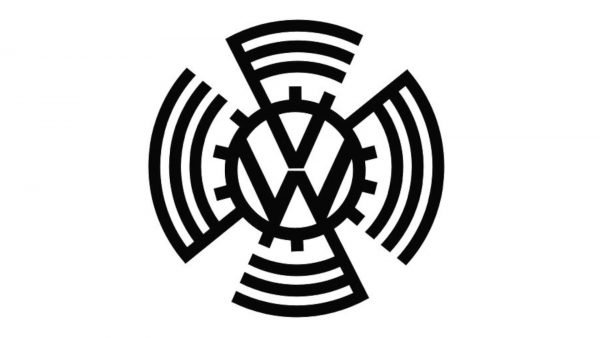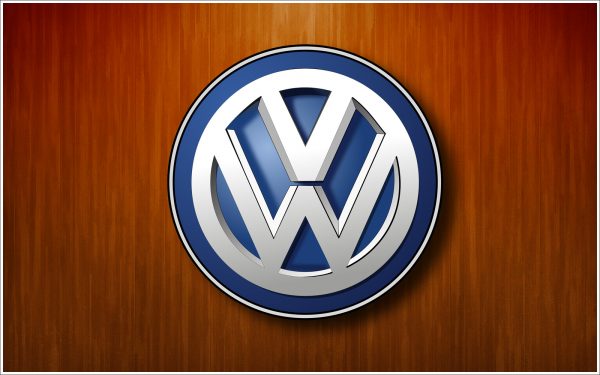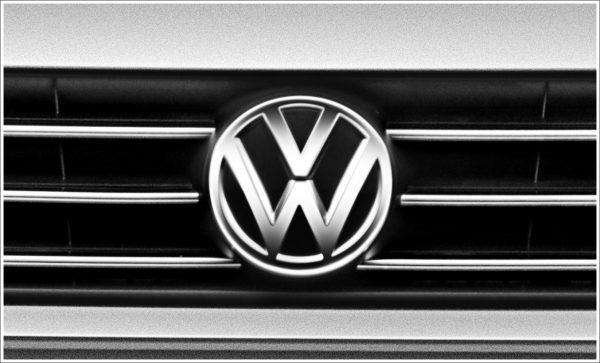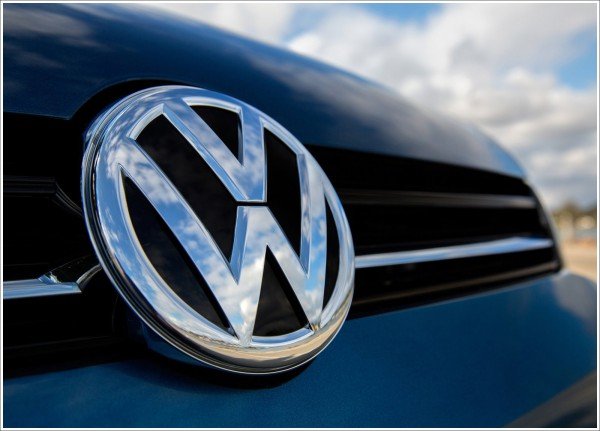| Founded | 1937 |
| Founder | German Labour Front (DAF) Adolf Hitler |
| Headquarters | Wolfsburg, Germany |
| Slogan | “Das Auto.” |
| Parent | Volkswagen Group (Subsidiaries) Audi, Bentley Motors, Bugatti Automobiles, Lamborghini, MAN SE, Porsche SEAT, Škoda Auto |
| Official Site | www.volkswagen.com |
| Official Facebook Page | www.facebook.com/volkswagen |
Volkswagen is a famous German automaker, which was established in 1937, following the idea of Adolf Hitler — to create a car marque for people, so that every citizen could afford a vehicle. Today Volkswagen is one of the largest European automobile manufacturers.
Meaning and History
It is unlikely to imagine the world automobile history without the make of Volkswagen and for many people these cars became an integral part of life.
At present the car concern Volkswagen AG locates in Lower Saxony, the company headquarters are situated in the same place in Wolfsburg.
Volkswagen – “people’s car” – reflected in its story the history of Germany of the XXth century.
Looking at the first two versions of the logo, one can already guess that the history of the Volkswagen Company is related to Adolf Hitler.
After the First World War, the German economy was not in the best form, and the majority of people could not afford a car. When Hitler acquired power and became the Chancellor, he initiated the Berlin car show and an idea of the creation of a new accostable car.
At the same time, Ferdinand Porsche engaged in a design of an unsightly, but the cheap vehicle (where subsequently VW Beetle became). At the Porsche’s and Hitler’s meeting, the last one described his idea – a car with a maximum speed of 100 km/h, consuming around 6 liters of gasoline per 100 kilometers and suiting for transportation of two adults and three children. Also, he said the car must look like a May bug and even supplied Porsche with sketches of the design of a bodywork. Porsche promised to design a construction; the prototypes had to be built by the Daimler-Benz Company.
Soon, the Hitler’s original idea became understandable. In addition to the requirements enumerated above, he also gave Porsche the secret one: the car must be able to carry three men, a machine gun, and munition. When the initial batch was made, Hitler sharply changed the name of a car into KdF Wagen. The abbreviation of KdF indicated to “Kraft durch Freude,” which means, “force went through joy” in translation from German.
The logo VW was supposedly developed by Franz Xavier Remspiss, the employee of Porsche, in the framework of an intra-corporate competition.
It was decided to erect a plant in Wolfsburg for the mass production of models of this series. In 1938, the first stone was laid into the construction of a new enterprise. Afterwards, KdF-Stadt will become a real hometown for workers of the VW Company. Pre-production samples of the Series 60 were collected at the plant from the beginning in the modification of cabriolet, sedan and an auto with a soft folding roof.
After Germany suffered a defeat in the Second World War, the English took the plant in hand, KdF-Wagen was renamed in Beetle, and the Volkswagen logo was inverted. Further, they were looking for someone who would take over the company’s management: First, the hands were directed to Ford, then to the French government, English car manufacturers and lastly to Fiat. Everyone refused because they believed the exterior of Beetle was terrible and would not provide money for VW but will spend it.
The British had to give back control over a company to the German government. Later, more than 21 million «Beetles» were sold, which made Beetle one of the most successful cars and vehicles being sold in the history of the automobile industry.
In the middle of the 50s, the assembly of an elegant coupe and a cabriolet based on the model VW 1200 started. They were called Karmann-Ghia (the Company Ghia designed the model’s bodywork, and the firm Karmann made the assembly). In that time, the cars of the German manufacturer were already sold in 150 countries of the world. Branches of VW were opened in many of them. In 1961, such models as Type 3 and VW 1500 fit with the rear drive with an engine of increased volume appeared. The new models with bodyworks of a coupe and a cabriolet began to be sold since 1963. And in total from 1961 until 1973, the production of Karmann-Ghia was 3 million cars.
In 1974, at the very height of the world oil crisis, Volkswagen started the production of the model of Golf, which was intended to repeat a success of VW 1200. The appearance of this small front wheel drive auto marked the beginning of popularity of compact cars in all Europe. Golf has the glorious and long history that did not end up till now; since 1975 this model is considered one of the best sold in the Old World.
In 1982, the VW Jetta which represented an increased modification of VW Rabbit (1975 is the beginning of its production) in the «sedan» bodywork was put into production simultaneously with a model of Cabrio. Since 1983, the production of the model GTI began. Its development on the base of Golf the German carmaker started already at the beginning of the 70s. The VW constructors aimed at the creation of new models with high technical capability. And only in 1983, a GTI model with the engine 1,8 liters of volume and 90 hp of power appeared. At the sufficiently standard sight of it, the car was given by no means standard dynamic characteristics and was an illustration of the technical potential of the German manufacturer.
After the significant recession of sales, which occurred at the end of the 80s the beginning of the 90s, Volkswagen stakes on its revived «beetle», a model of Beetle intended for the North American market. This front wheel drive car did not manage to become a car «for people», but it symbolized the beginning of a new stage in the development of the company by its appearance.
Closer to the end of the 90s such updated cars are released on the wheelbase of a new A4 model as of VW Jetta, Golf, and GTI, which became a sample of new designer trends of the German manufacturer. In contrast with the former models with angular features of their bodyworks, the new autos from VW have a smoother outline and at the same time retain such characteristics as strength and practicality in service. Numerous developments on the base of an A4 platform lead to the fact that the German car concern by the end of the 90s occupies one of the leading places in the arena of the world automobile industry.
Also in the 90s, such carmakers like Seat and Skoda come to the Volkswagen concern. In 1997, the German company under the leadership of Ferdinand Pyokha bought Rolls-Royce Group and Bentley, and a year later it affiliates Lamborghini as well as the make Bugatti. After the quit of Pyokha from the position of the head of the concern, VW sells Rolls-Royce Group to the company BMW.
In 2003, Volkswagen made the serious request in the off-road vehicle segment and released an all-wheel-drive model Touareg with a pneumatic suspension and unmatched driving. And in 2006, another generation of the «star» of German automobile industry comes out: the Fifth VW Golf.
Since the beginning of the new millennium, the German manufacturer releases models of Passat and Polo, as well as a sport modification of Golf car under the make of VW under the number of R 32. And the auto of the representative class Phaeton, all-wheel-drive Touareg, and Touran, a Caddy car for commercial transportations.
Following requirements of its customers, long ago Volkswagen started the development of a line of eco-friendly cars known under the name of BlueMotion. Golf known to everyone, Passat, Polo, and other well- known cars belong to this line.
Now the car concern Volkswagen A.G. is one of the largest worldwide carmakers producing and selling its products in many countries of the world. The models of this German Company have deserved demand and long ago established themselves as technological, reliable and economical vehicles.
1937 – 1939
The story of the Volkswagen logo is extremely interesting, as well as the path of development of the famous carmaker itself. By the way, the author of a VW emblem is not exactly known yet. The first Volkswagen logo appeared already in 1933; it was an image of the letters of V and W matched with each other and stylized under a Nazi swastika.
1939 – 1945
The redesign of 1939 has simplified the Volkswagen logo, placing the iconic monogram into a circular frame with short square elements coming from it around the perimeter. The frame of the badge looked like gear. This version of the logo stayed in use by the company for six years.
1945 – 1948
In 1945 the logo gets redrawn in a bright color palette, with the framing simplified to a clean circular outline. The new concept was based on a light cream monogram drawn over a solid red roundel, with a thick cream outline and a thin dark brown frame of the whole medallion.
1948 – 1960
The redesign of 1948 brought back the monochrome color scheme, keeping the composition of the previous version. The central part was now colored in solid black, with the lettering and the thick framing in white, and a thin black outline complementing the emblem.
1960 – 1967
In 1960 the roundel gets white, with black lettering and a thick black circular outline. It was now placed on a white background and enclosed in a square frame, which was executed in clean straight lines of the same thickness, as the lines of the monogram and the outlining ring.
1967 – 1978
The square frame was removed from the badge with the redesign of 1967, and the blue lines were now colored blue. In the new color scheme, the Volkswagen badge started looking more vivid and light, evoking a sense of security and stability. The light and pleasant shade of blue also added friendliness to the badge.
1978 – 1989
The shade of blue got brighter in 1978, and the concept of the logo was slightly changed. Now the white monogram was drawn against a solid electric blue background and enclosed into a double white and blue frame. The lines of the framing featured the same thickness as the lines of the letters, which made the badge balanced.
1989 – 1995
The redesign of 1989 has switched the color palette of the Volkswagen visual identity to a lighter one. The electric blue was replaced by sky blue, adding freshness and energy to the logo. The exterior blue outline of the circular medallion was drawn in thinner lines now, making the monogram in the center of the badge more visible and heavy.
1995 – 2000
In 1995 the outline of the circular badge was redrawn again, with both blue and white parts of it drawn in the lines of the same thickness. Another change of the year was about the color palette — the blue got darker and calmer, adding elegance and professionalism to a simple yet strong emblem.
1999 – 2000
In 1999 the Volkswagen logo gains some volume, with the white monogram and the interior white outline gaining shadow. The blue background was still plain and flat, which made the whole badge look very laconic yet sleek. And again, the blue outline of the emblem became thinner.
2000 – 2012
The redesign of 2000 introduced a three-dimensional Volkswagen badge, with the matte surface of the logo getting smooth white and blue gradients, and the while medallion being enclosed into a thin silver frame, while both the blue and white rings of the outline were set in equally thick lines.
2012 – 2020
In 2012 the lettering of the Volkswagen monogram got more volume and angles, with the bodies more silver than white. The shade of blue turned darker, and now, as the contrast between the elements became stronger, the badge started looking more brutal and powerful.
2019 – Now
The redesign of 2019 has simplified the Volkswagen logo, with the thin “VW” monogram in dark blue, written against the white background and enclosed into a medium-thick circular frame of the same color. The flat letters got clean straight contours, and the whole logo now looks sleek, minimalistic, and very progressive.
Description
The emblem of Volkswagen is a combination of letters V and W in a blue background circumscribed by a circle. Franz Xavier Remspiss – the person, who in due course refined the engine for the car Beetle–, was the creator of the logo.
It is interesting that in years of the rule of the fascist Germany, the emblem was stylized in the form of a swastika. For the development of the logo, Xavier was awarded by the one-time fee in the amount of 100 reichsmarks (approximately 400 dollars).
Evolution of the Symbol
The version of the Volkswagen symbol used throughout the 1930s is recognizable by a stylized cogwheel and swastika wings, which perfectly corresponded the Zeitgeist. Before World War II, the emblem was modified, and its resemblance to swastika became less obvious.
After the World War, the symbol was changed to a circle with the VW letters, which looks very close to the badge we can see on the modern Volkswagen cars. Afterwards, the logo changed its color several times, it acquired and then dropped a square frame.
The 2000 Emblem
If you compare the Volkswagen emblem used today with the one that can be seen on the cars manufactured before 2000, you may notice two obvious differences: the 3D effect, and a specific color effect. It was only in 2000 that the emblem became three dimensional.
At the same time, the color blends effect was applied to the logo.
Color
Today, the white color and the blue color are present in the logo of Volkswagen. The blue one symbolizes excellence, reliability, and class – whereas the white tint messages nobility, purity, and charm.


